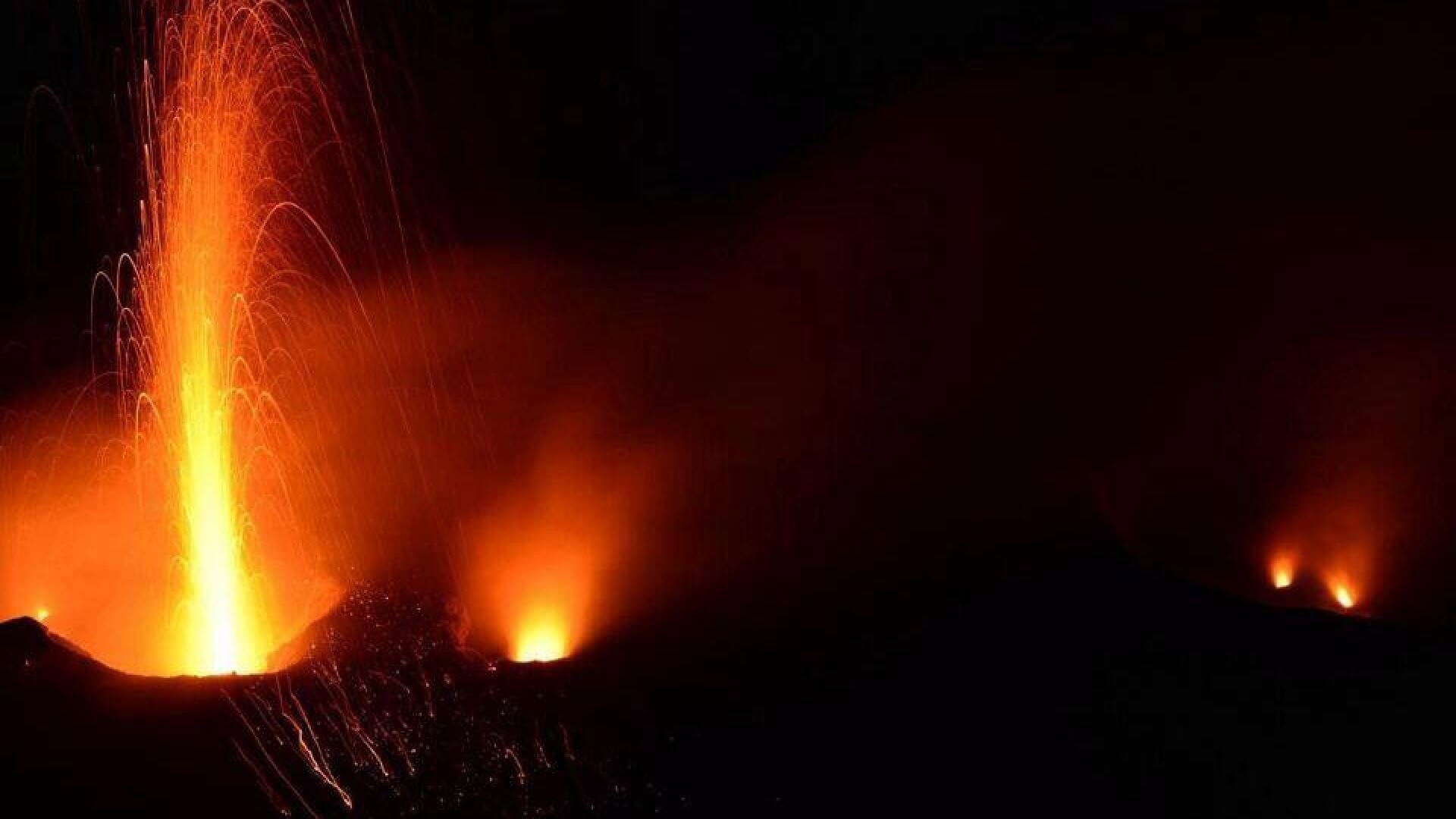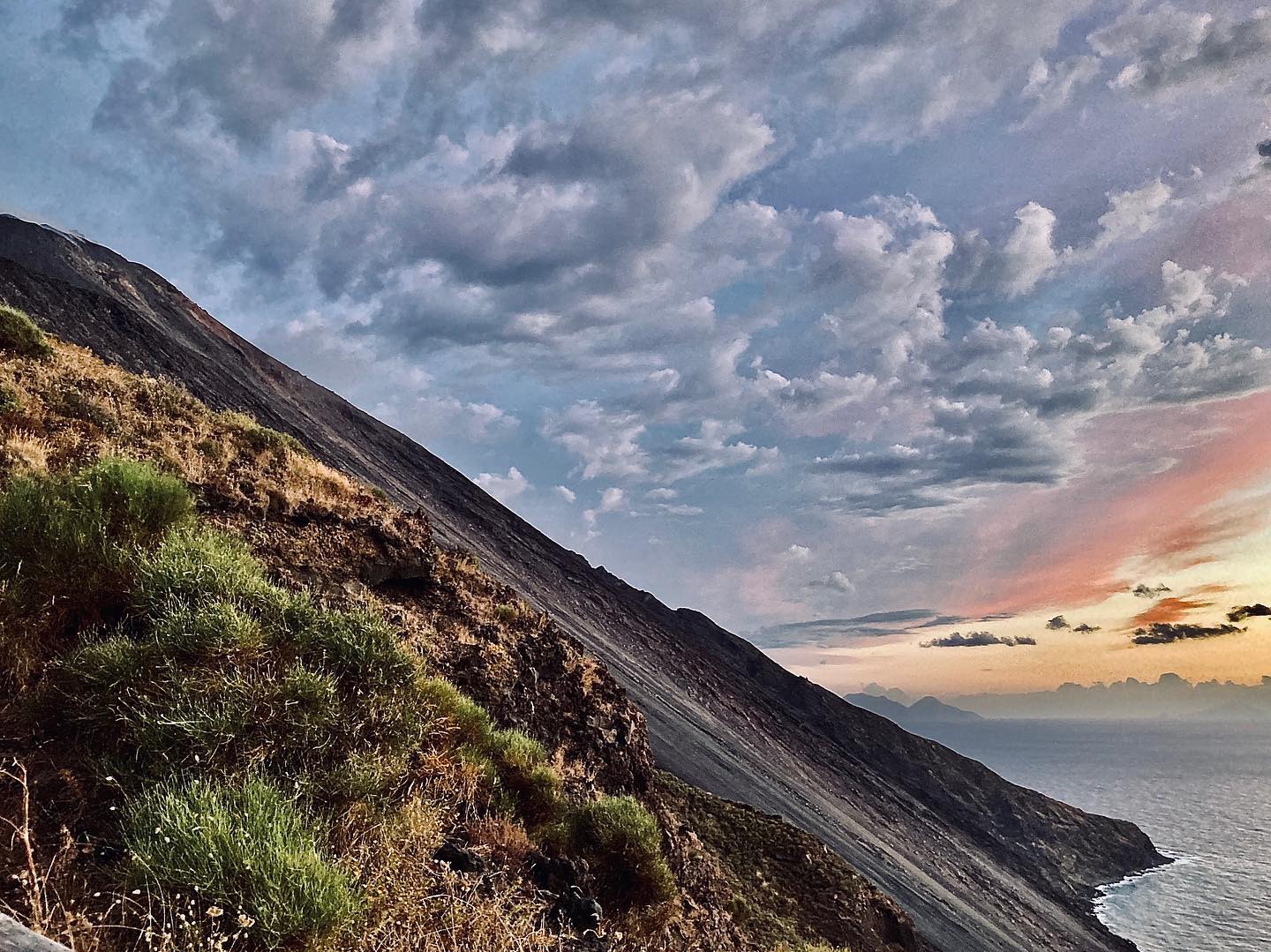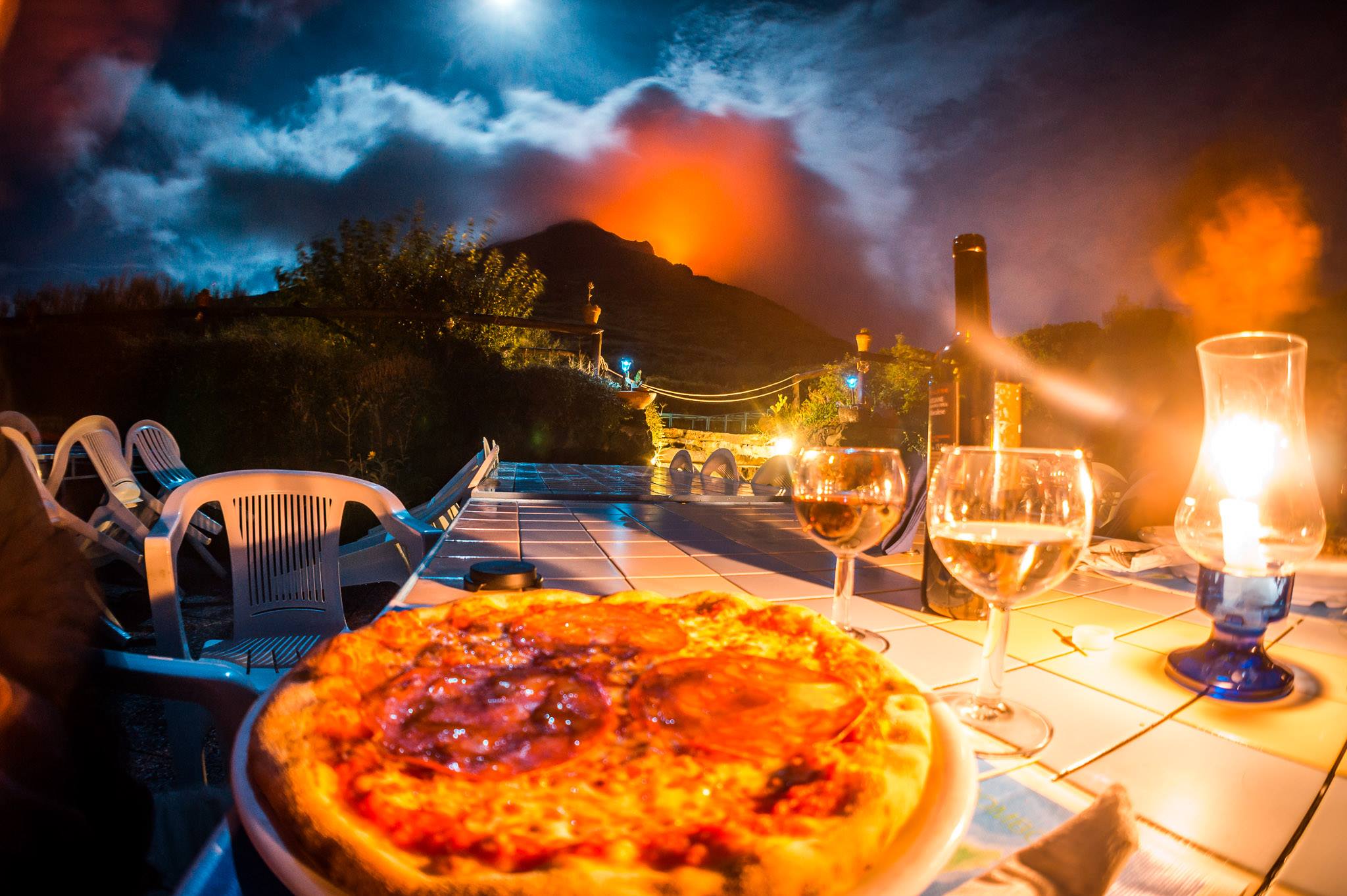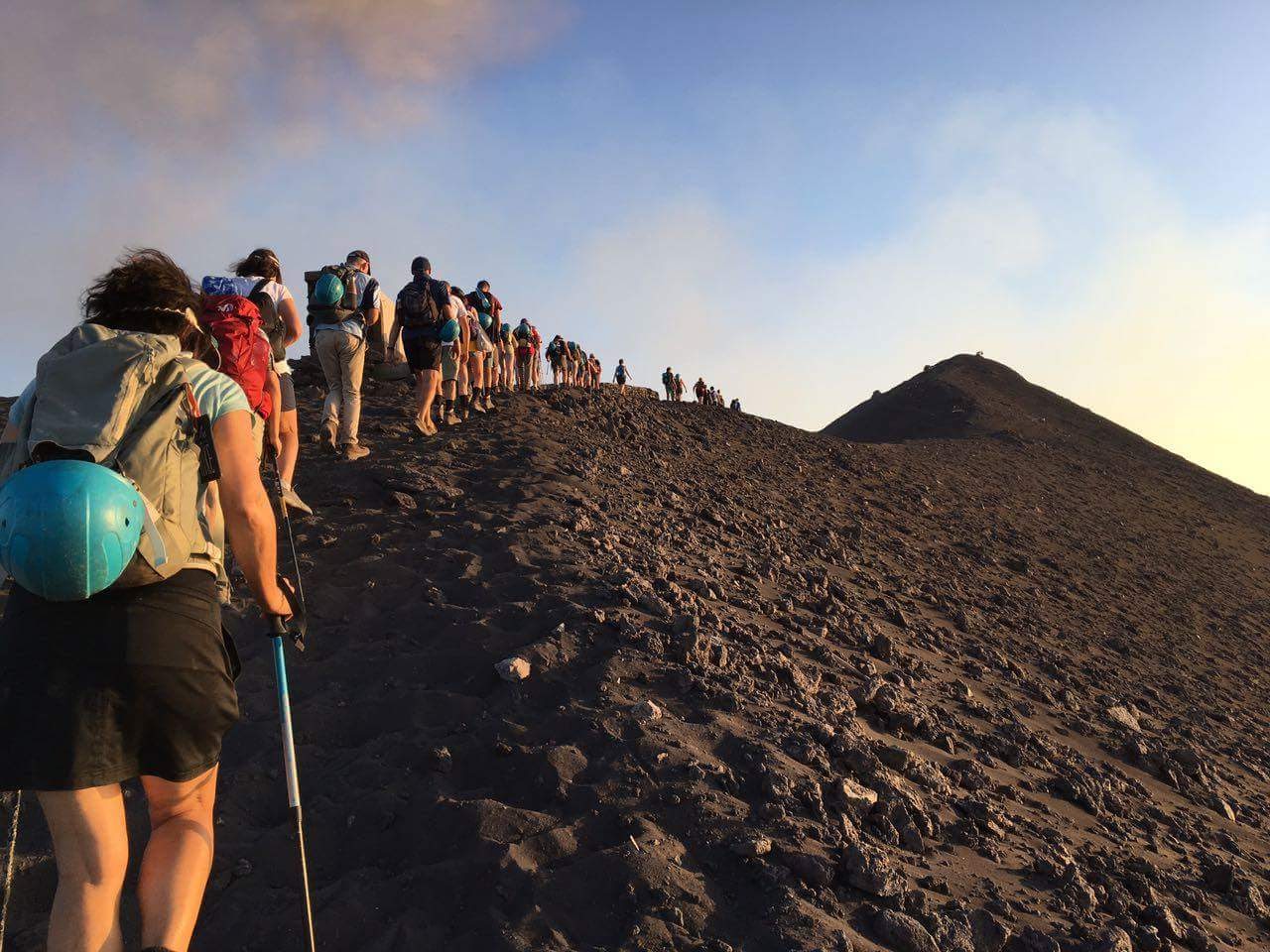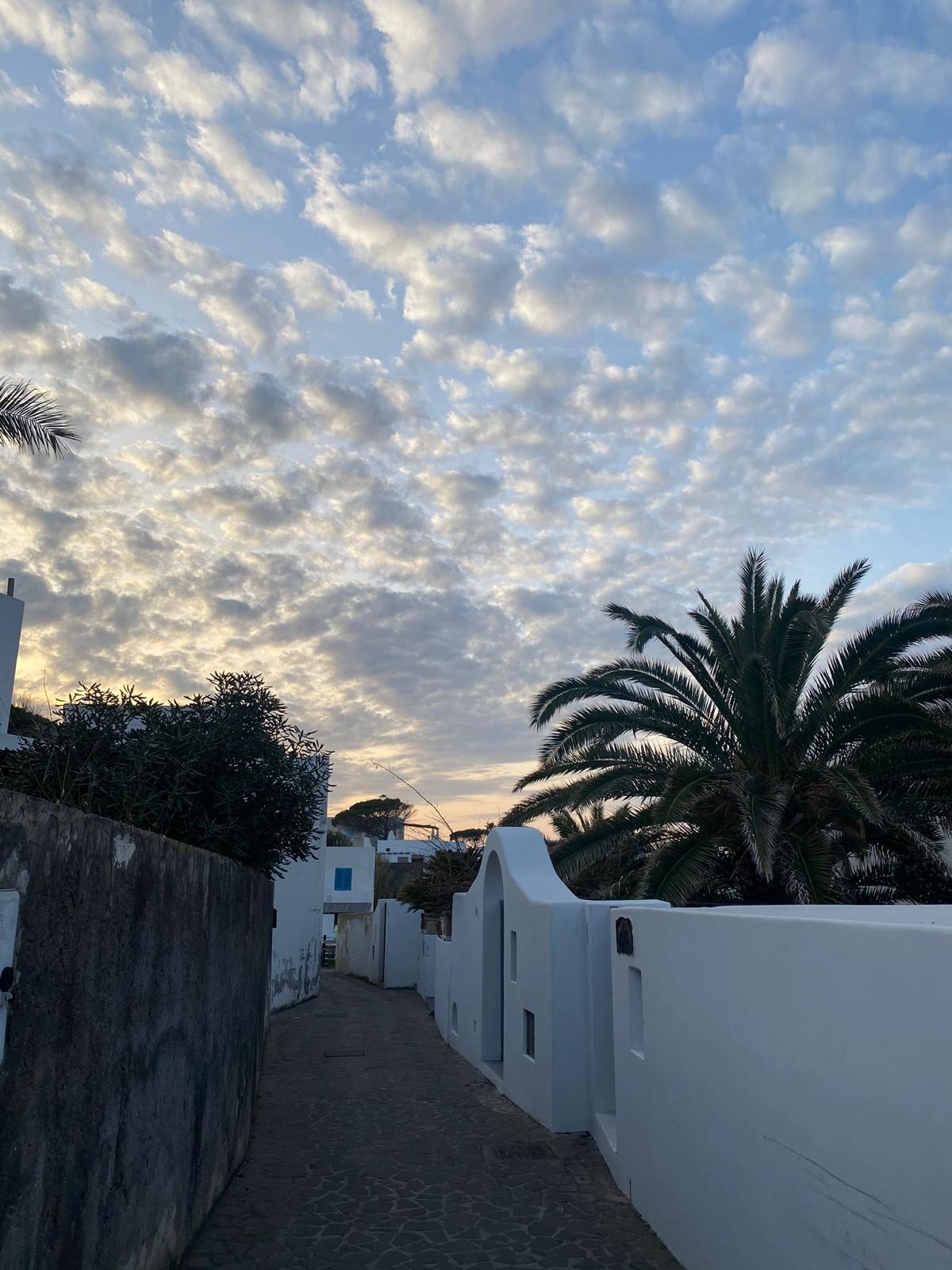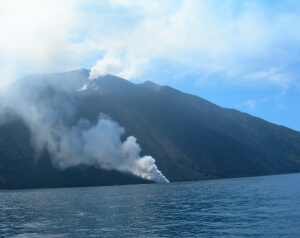Stromboli offers various possibilities to lovers of excursions and trekking as well as to lovers of the seabed. For those who prefer not to face the climb to the volcano on foot, they have the possibility of observing the volcanic activity by booking a night boat trip to Sciara del Fuoco, or choosing less steep routes to reach the Observatory.
Walk to the Observatory
A fascinating excursion on foot to get closer to the crater by following a mule track that starts from Piscità and goes as far as the traffic light at Punta Labronzo where the Civil Observatory is located.
Punta Labronzo is the most easily accessible observation point for observing the Sciara del Fuoco, the steep and desolate slope on which the incandescent rocks thrown from the crater roll into the sea in a whirlwind of black and impalpable dust, always ruffled by the wind. It is necessary to anticipate at least two and a half hours of walking from the town, round trip.
You can continue up to the Belvedere at an altitude of 290 meters, while to continue further, up to 400 meters, it is mandatory to be accompanied by a guide.

